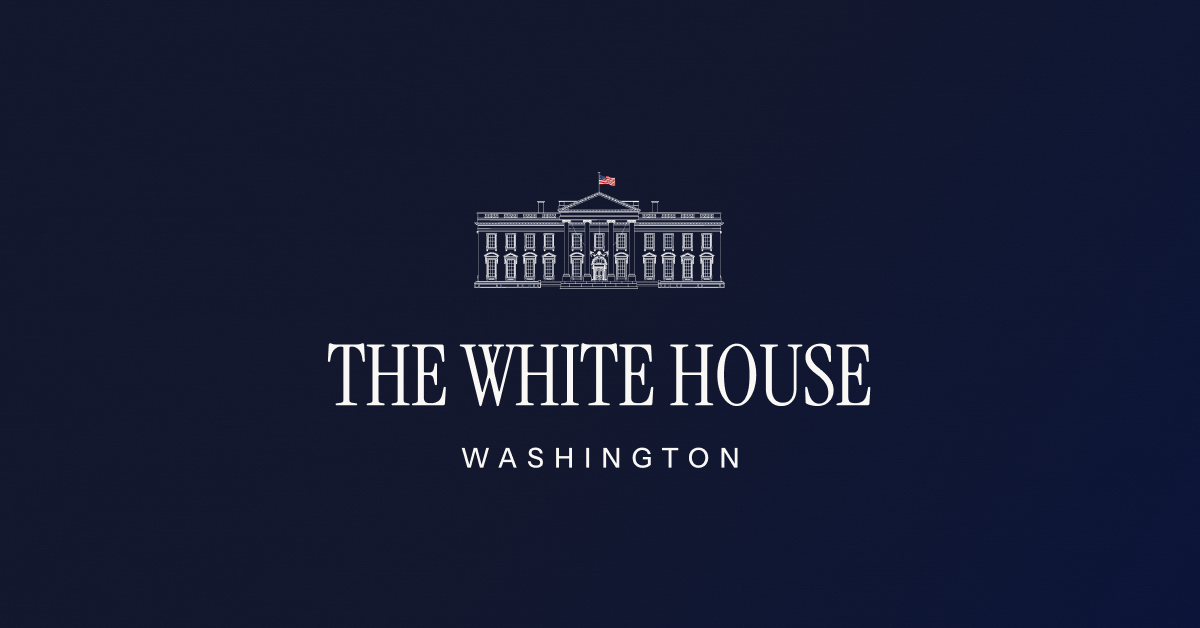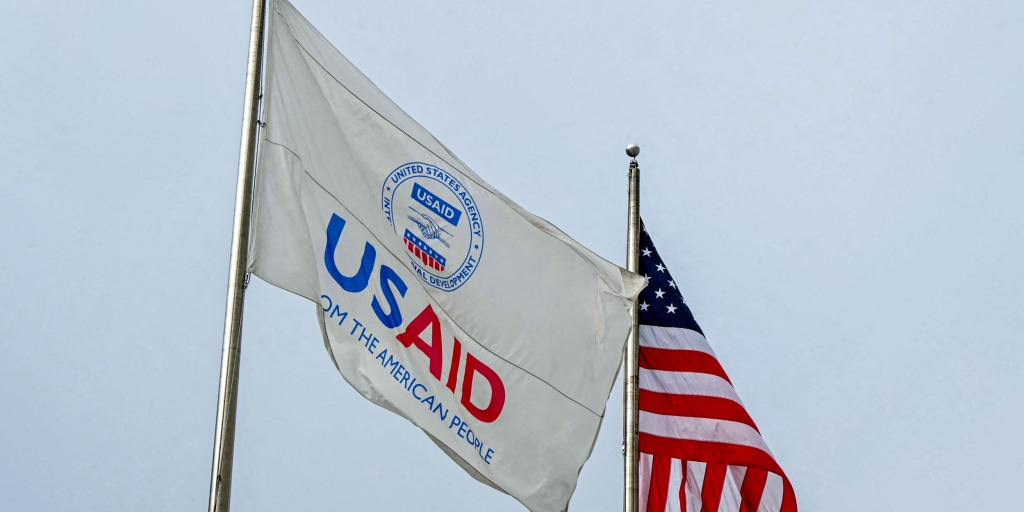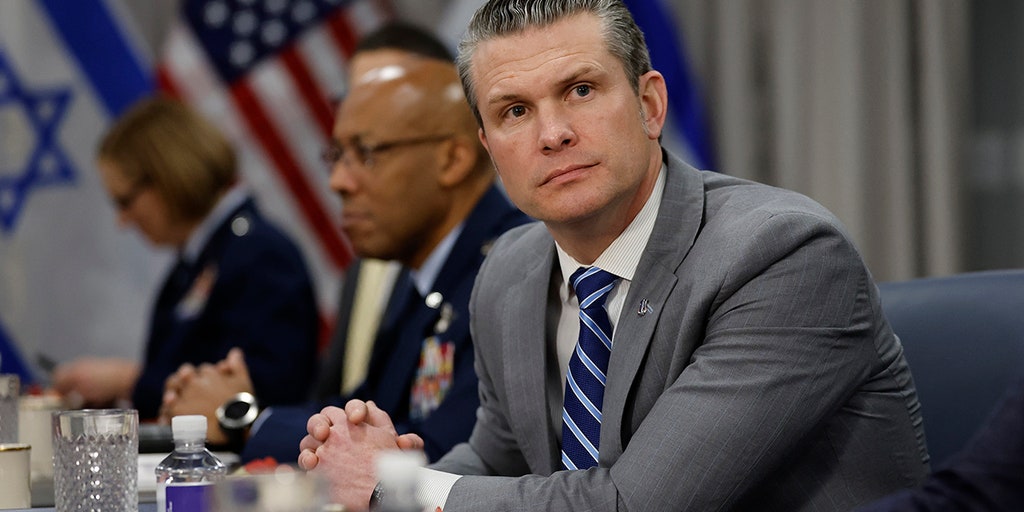US Inflation Rises to 3 Percent in January Driven by Food and Energy Prices

US inflation rose to 3 percent in January, driven by increases in food and energy prices, complicating the Federal Reserve's interest rate strategies. The Consumer Price Index showed unexpected gains, highlighting persistent inflation challenges.
The Consumer Price Index rose 3.0 percent from a year earlier as food and energy prices picked up.
U.S. inflation increased to 3 percent in January, strengthening the case for the Federal Reserve to extend a pause on interest rate cuts.
The Consumer Price Index unexpectedly ticked higher from a year earlier, data from the Bureau of Labor Statistics showed on Wednesday, up from 2.9 percent in December. Compared to December, consumer prices rose 0.5 percent, faster than economists had expected.
"Core" C.P.I., which more closely reflects underlying inflation by removing volatile food and energy prices, also showed little improvement. It rose 0.4 percent from December, or 3.3 percent on a year-over-year basis.
The January data underscored the uneven nature of the central bank's battle against high prices. Inflation has subsided drastically since cresting just above 9 percent in 2022, but progress in recent months has been much more sporadic.
Last month, price hikes in sectors closely watched by consumers -- from groceries to gasoline -- offset declines in other categories like clothing and furniture.
Grocery prices climbed 0.5 percent compared with the previous month, or 1.9 percent on a yearly basis. This was driven in large part by a nationwide egg shortage caused by an outbreak of avian influenza, or bird flu, which has pushed prices up 15.2 percent over the past four weeks.
Energy costs also rose another 1.8 percent over the course of the month.
Price pressures are persisting at a time of extreme uncertainty about the outlook for the economy just weeks into President Trump's second term in the White House. Tariffs, deportations, tax cuts, and deregulation are expected to have an economic impact, but the final policy mix will determine whether economists and policymakers will pay more mind to the risk of resurgent inflation or an unexpected slowdown in growth.
In a social media post on Wednesday, Mr. Trump called on interest rates to be lowered, saying it was "something which would go hand in hand with upcoming Tariffs!!!"
However, the Fed has signaled little urgency to lower rates for the time being, setting up a potential clash with a president who showed in his first term a readiness to critique the central bank when it resisted his demands for cuts. After a percentage point worth of cuts in the final three months of last year, rates now hover between 4.25 percent and 4.5 percent.
Speaking to lawmakers this week as part of two days of hearings, Fed Chair Jerome H. Powell affirmed that a solid labor market meant the central bank did not need to be in a "hurry" to lower rates. Rather, he said the Fed was "well positioned to deal with the risks and uncertainties that we face."
Officials have suggested that as long as the labor market remains solid, they will need to see more substantive progress in order for inflation to come down before again pulling their policy lever.
John Williams, president of the Federal Reserve Bank of New York, said in a speech on Tuesday that he expected progress toward the 2 percent inflation goal to materialize, although he noted that it "will take time before we can achieve that target on a sustained basis."



















